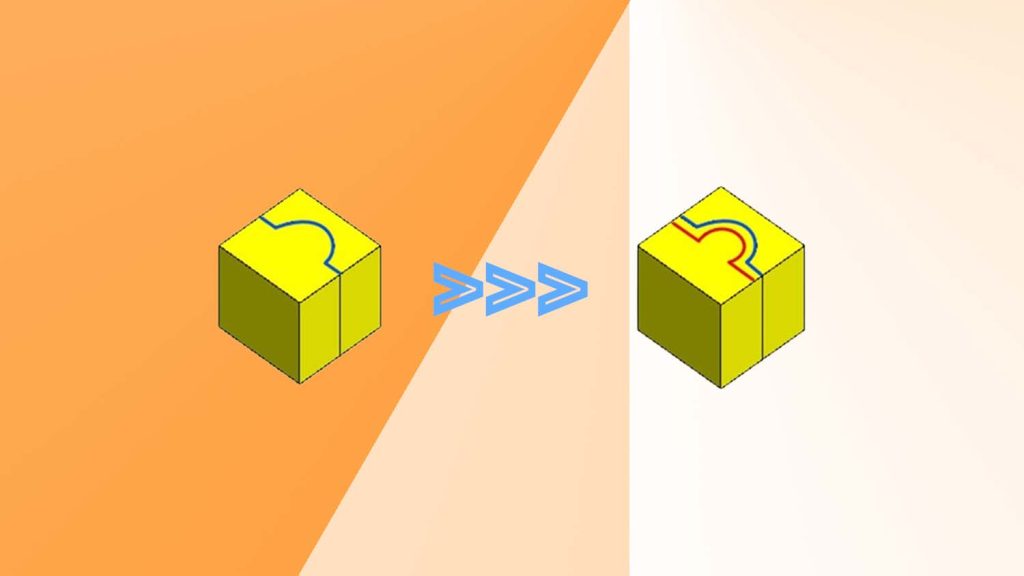Siemens Parasolid v34.1 has been launched, adding enhancements across a wide range of classic, convergent and lattice modelling functionality to address the needs of its diverse user base.
Parasolid is integrated by more than 130 software vendors, giving end-users 3D model compatibility between 350+ applications based on the Parasolid XT data format.
In Parasolid v34.1 support for lattice modelling is extended significantly to facilitate more workflows, adding options around combing lattices as well as allowing rods of different radius to be permitted in the same model.
Defined as Classic modelling enhancements, new features include neutral sheets being created from faces in two sheet bodies during mid-surfacing operations, removing the restriction that faces must be from a single solid.
Offsetting an edge to fill a gap with an adjacent model, creation of a natural curve extension can now be specified, to avoid creating non-smooth offset edges.
A small number of complex Classic operations continue to be enhanced for mixed geometry, with this release including the ability to hollowing a portion of a model where the portion of the model contains both B-rep and mesh faces.
Wounds created in a model by deleting one or more faces, can now be healed by growing and shrinking both mesh and classic neighboring faces, and mesh faces can now be used in Boolean operations to match topology.
Complex blending operations on mixed models have been enhanced to improve robustness is downstream operations, including notch overflow blend operations on mixed geometry for better quality mesh faces and face-face blend operations now create better quality cap faces when extending mesh faces.






